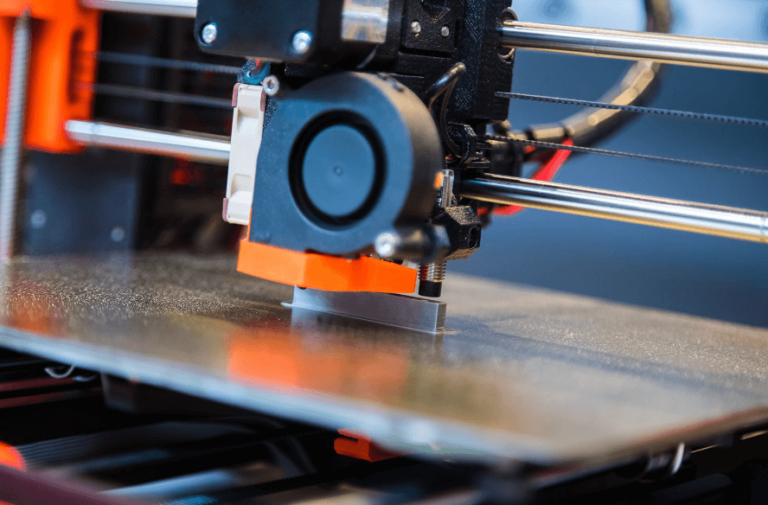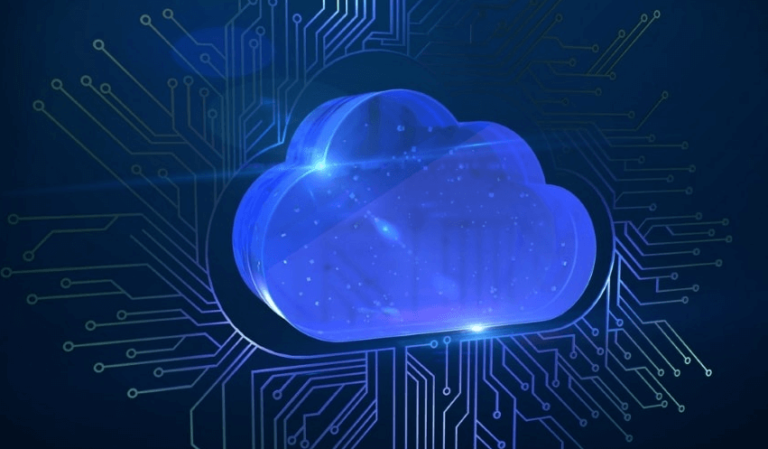Exploring the Impact of Tech on Mental Health

The intersection of technology and mental health presents a nuanced landscape. Innovations like teletherapy and mental health apps offer unprecedented access to support. However, the pervasive nature of digital connectivity can also foster anxiety and social isolation. Understanding this duality is critical for navigating modern life. How can individuals harness the benefits of technology while mitigating its potential harms? Exploring effective strategies may provide valuable insights into achieving a healthier balance.
The Positive Aspects of Technology for Mental Health
Although concerns about technology’s impact on mental health are frequently discussed, it is essential to recognize the positive aspects that digital innovations can offer.
Teletherapy benefits provide accessible mental health support, breaking geographical barriers. Additionally, mindfulness apps promote self-care and emotional regulation, empowering individuals to cultivate resilience.
These tools, when used mindfully, can enhance well-being and foster a deeper connection to oneself and others.
See also: Exploring the Future of Virtual Reality in Fitness and Health
The Dark Side of Digital Connectivity
As individuals become increasingly immersed in digital connectivity, the potential for negative consequences on mental health emerges, often overshadowing the benefits that technology can provide.
Social comparison becomes rampant, leading to feelings of inadequacy and lowered self-esteem.
Furthermore, digital addiction can exacerbate isolation, detaching individuals from real-life interactions.
This complex interplay highlights the urgent need to address the darker aspects of our tech-driven lives.
Balancing Screen Time and Mental Well-Being
While technology offers unparalleled opportunities for connection and information, finding a healthy balance between screen time and mental well-being has become increasingly essential.
Screen addiction can lead to anxiety and depression, prompting the need for a digital detox. By consciously monitoring usage and prioritizing offline activities, individuals can reclaim their mental health and foster a more fulfilling, present lifestyle, free from digital overwhelm.
Strategies for Mindful Tech Use in Daily Life
Finding a balance in screen time paves the way for implementing mindful tech use strategies in daily life.
Individuals can benefit from establishing mindful notifications, allowing only essential alerts to minimize distractions.
Furthermore, engaging in regular digital detox periods fosters a healthier relationship with technology.
These practices cultivate awareness and intentionality, empowering users to reclaim their time and enhance their mental well-being.
Conclusion
In navigating the intricate landscape of technology and mental health, one finds a dual-edged sword, where innovation and isolation coexist. While digital tools can illuminate paths to well-being, excessive engagement may cast shadows on self-esteem and connection. By embracing mindful practices and intentional usage, individuals can harmoniously blend the benefits of technology with the nurturing of their mental wellness. Ultimately, a thoughtful approach allows for the cultivation of a balanced digital life, fostering resilience and emotional growth.





